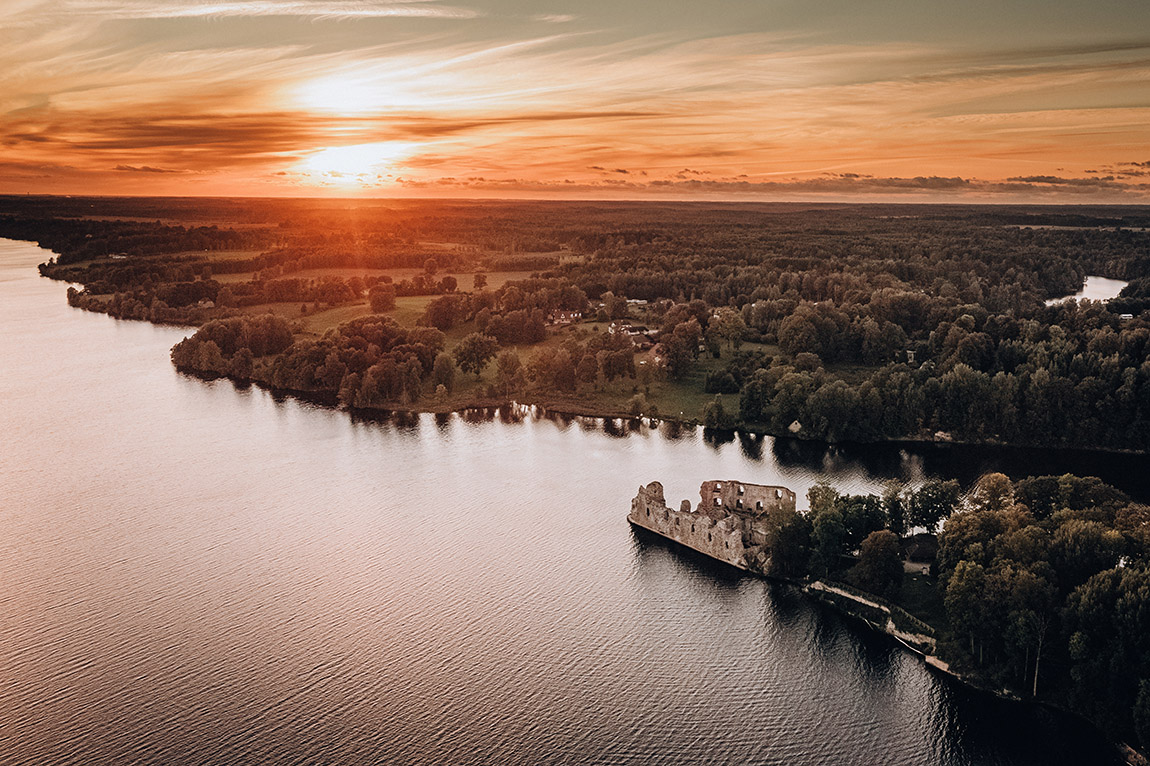Vegaøyan – the World Heritage archipelago
Text: Julie Linden | Top images © Pernille Andersen

The cluster of more than 6,500 islands in northern Norway that make up Vegaøyan (the Vega islands) has been recognised as a UNESCO World Heritage Site since 2004. Beyond its famous Stone Age settlements, this Arctic Circle archipelago is known for its historic practice of eider down harvesting, a sweeping, untouched landscape, and a growing milieu of thriving businesses.
“For an area of slightly more than 1,200 inhabitants, we’re both productive and innovative,” says Hilde Wika from Visit Vega. “Though the majority of our visitors and tourism can be traced back to our history and World Heritage status, it’s motivating to see new shops, artisan producers and small businesses pop up. Each year, there is something new to be discovered. It’s clear to us that the island mentality is one of hard work, that fosters long-standing, sustainable businesses.”

Photos © Hanne Pernille Andersen and Rita Johansen
A unique cultural landscape
With a long history of supplying down – by the ninth century, the islands were an important centre for down supply and trade – it is perhaps not surprising that Vegaøyan’s business tradition is still thriving. The prestigious placement on the UNESCO World Heritage list is due to the unique cultural landscape, resulting from centuries of symbiosis between human and nature, where the tradition of eider down harvesting has held immense importance. While men supplied fish, women collected and cleaned the down of eiders, making for an exclusive export at the time. As life was mainly based on fishing and the harvesting of down, there are many fishing villages, quays, eider nesting houses and lighthouses left on the islands, providing a particular experience of Norwegian ancient history weaved in with culture and tradition.
“The World Heritage Site status is certainly an immense source of pride,” says Wika. “It lays the foundation for the maintenance of the cultural landscape and propels tourism, which in turn lets us share this historic gem with a wider range of visitors.” The area in Vega municipality that is not defined as a World Heritage Site functions as a buffer zone, where the vast majority of construction, development, business activities and tourism is centred. This way, the area can proceed with responsible development by the protected zone, without compromising the historic framework.

In June this year, a brand-new world heritage centre will open at Vega. Photo © Ina Andreassen
Contributing to local creation and development
Today, Vegaøyan has something for all – whether you are looking for a calm getaway or an adrenaline rush. The archipelago is ideal for explorations on, by and below sea level, including hiking, cycling, kayaking, boating, snorkelling, and diving in crystal clear waters. To experience the World Heritage Site, opt for a boat trip to Lånan and Emårsøy islands, and in June this year, you will be able to visit the brand-new World Heritage Centre. Here, visitors will be able to learn more about the natural and cultural values represented by Vegaøyan, and the centre will also act as an arena for discussion for the local community, contributing to local creation and development. Large areas around the centre will be available for outdoor activities for families. “A lot has happened in the past few years, and we’re excited to see additions to the islands that contribute to furthering learning and exchange, for young and old,” says Wika.

Vegaøyan archipelago is known for its spectacular views and unspoiled nature. Photos © Ina Andreassen and Terje Rakke
Ravnfloget Via Ferrata, Vega Havhotell and a thriving business life
Also opening in June this year is the Via Ferrata at Ravnfloget, complete with two different mountain climbing routes of different levels of difficulty. The green route is 510 metres long and the more challenging black route, 550 metres. The two meet at the centre of the cliff where a bridge is crossed. Ravnfloget offers unmatched views of the archipelago and the sea, making for a special experience, and memory, for avid mountain climbers.
As for accommodation, why not stay in one of the refurbished fisherman’s cottages or at Vega Havhotell, a seaside hotel run by the Aga family? Here, you may enjoy the particular atmosphere of the archipelago around the clock, with views of spectacular nature as well as fine dining based on local ingredients and the finest of seafood. The hotel kitchen prepares five-course menus each day, based on the freshest of produce from land and sea.
Complete your stay with a stop at the old wharf run by Vega Coastal Association, boasting exhibitions, a summer café and original, historic shops. At Vika, Studio Vega ANS showcases handmade ceramics, paintings and glass art, and there is even a cinema with an adjacent pub, serving your favourite tipples accompanied by live music. “At Vegaøyan, there is truly something for everyone. We welcome you to discover this spectacular part of Norway,” says Wika.
Facebook: visitvega Instagram: @visitvega #visitvega #verdensarvvega visitvega.no
Subscribe to Our Newsletter
Receive our monthly newsletter by email





